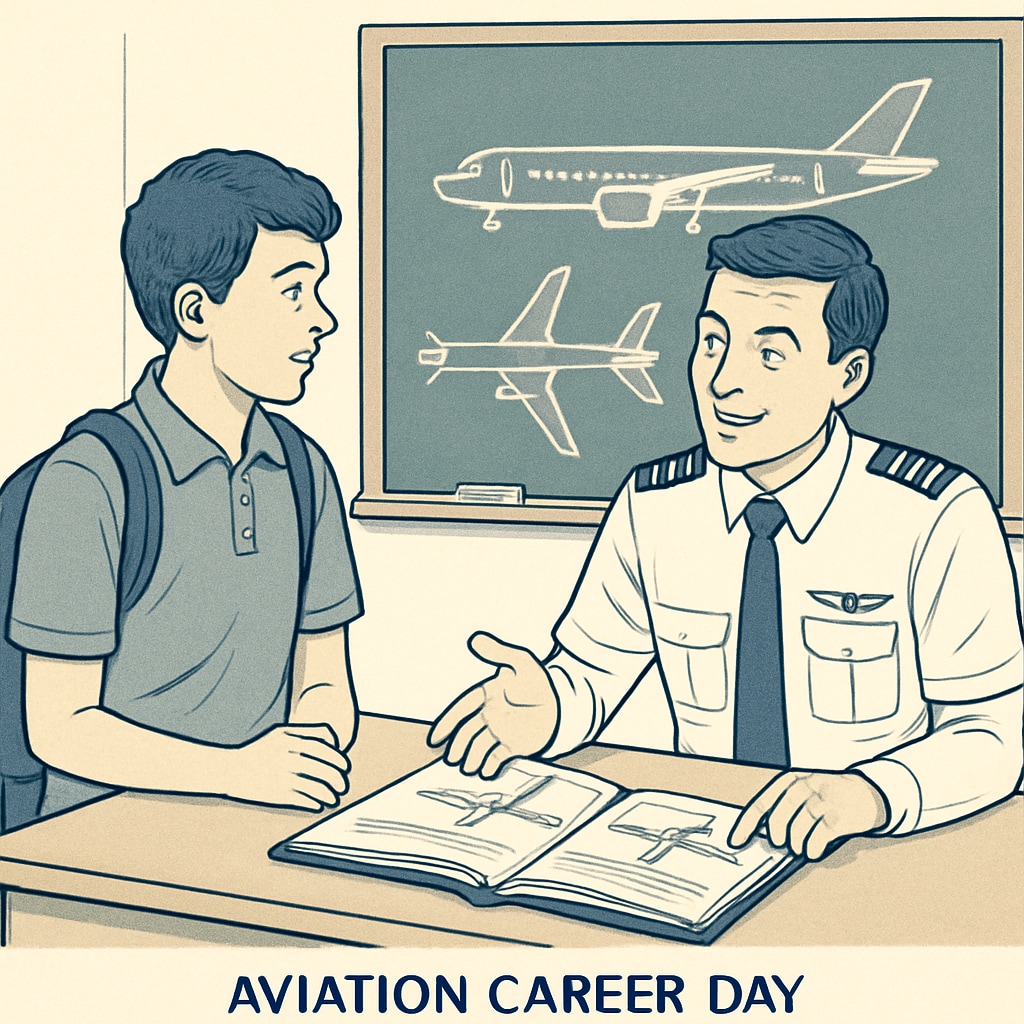Securing funding for CPL (Commercial Pilot License) training can be a daunting task, but with the right support and education initiatives, students in K12 can be inspired to pursue careers in aviation. By introducing students to aviation early through tailored programs, educators can spark lifelong interests while providing access to sponsorship opportunities that make flight training attainable for aspiring pilots.
Why Introduce Aviation Education in K12 Schools?
Early exposure to aviation helps students explore the exciting possibilities of flight and understand the pathway to achieving a CPL. Aviation education programs provide hands-on experiences, such as flight simulations, STEM (Science, Technology, Engineering, and Mathematics) projects, and visits to airports or aviation museums. These activities not only fuel curiosity but also develop essential skills like teamwork, problem-solving, and attention to detail.

Funding for CPL Training: Where to Start
One of the biggest hurdles for aspiring pilots is the cost of CPL training. However, there are several avenues for securing financial support:
- Scholarships and Grants: Many organizations, such as the Experimental Aircraft Association (EAA), offer scholarships specifically for aviation students. These can help cover tuition and other training expenses.
- Government Programs: In some countries, government-sponsored initiatives provide funding for STEM-related education, which can include aviation training.
- Corporate Sponsorships: Airlines and aviation companies often support pilot training programs as part of their recruitment pipeline. For example, major carriers like British Airways may offer sponsorships to promising candidates.
- Crowdfunding: Aspiring pilots have successfully used platforms like GoFundMe to raise funds for their CPL training, sharing their passion and goals with a wider audience.
By identifying these resources early, students and their families can better plan for the financial requirements of flight training.
Helping Students Map Out Aviation Careers
In addition to securing funding, educators and mentors play a crucial role in guiding students through the process of pursuing aviation careers. Here are a few strategies:
- Career Counseling: Schools can provide dedicated sessions for students interested in aviation, outlining the steps to achieve a CPL and exploring related careers such as air traffic control or aerospace engineering.
- Networking Opportunities: Connecting students with aviation professionals through guest lectures, internships, or mentorship programs can provide valuable insights and open doors to future opportunities.
- Skill Development: Encourage participation in STEM-focused extracurricular activities to build the critical thinking and technical skills necessary for aviation roles.

The Impact of Aviation Education on Future Pilots
By integrating aviation into K12 education, schools can foster the next generation of pilots and aviation professionals. Students, equipped with knowledge, passion, and financial support, are better prepared to navigate the challenges of CPL training and beyond. These programs not only ignite dreams but also lay the foundation for a thriving aviation industry supported by skilled, enthusiastic professionals.
Readability Guidance: This article maintains concise paragraphs, utilizes lists to summarize key points, and incorporates smooth transitions for flow. The placement of images aligns with corresponding content sections, enhancing visual engagement.


